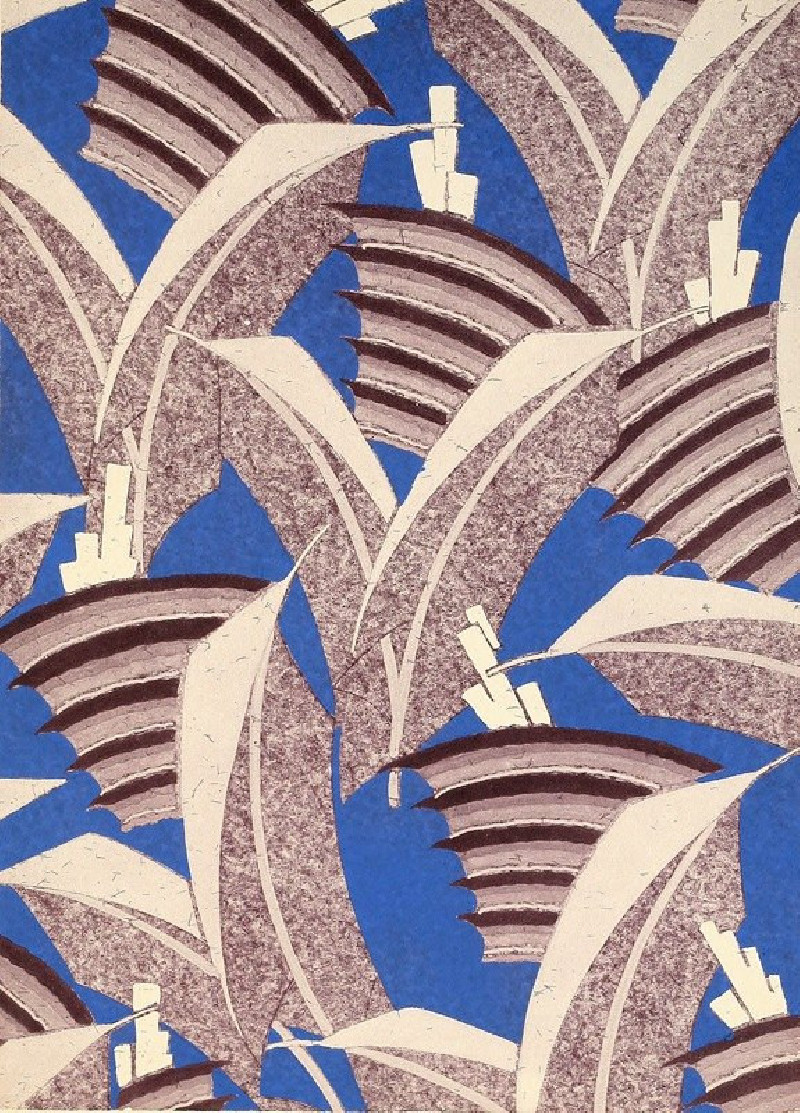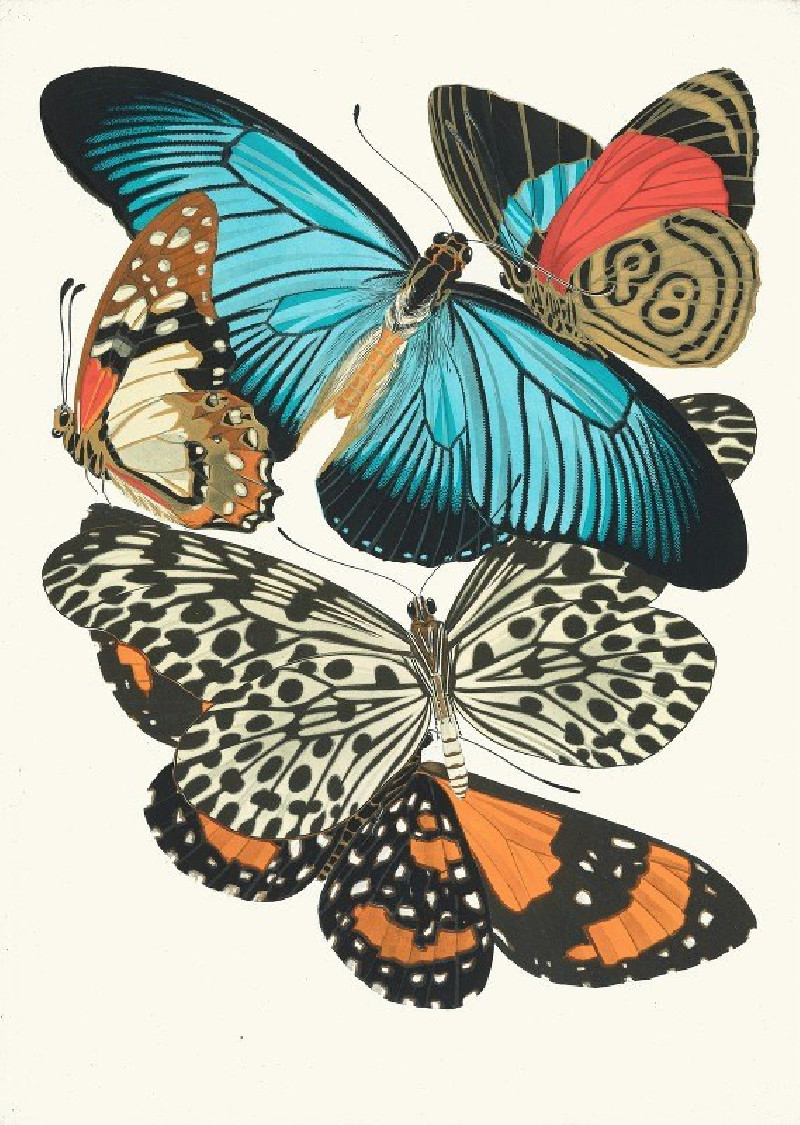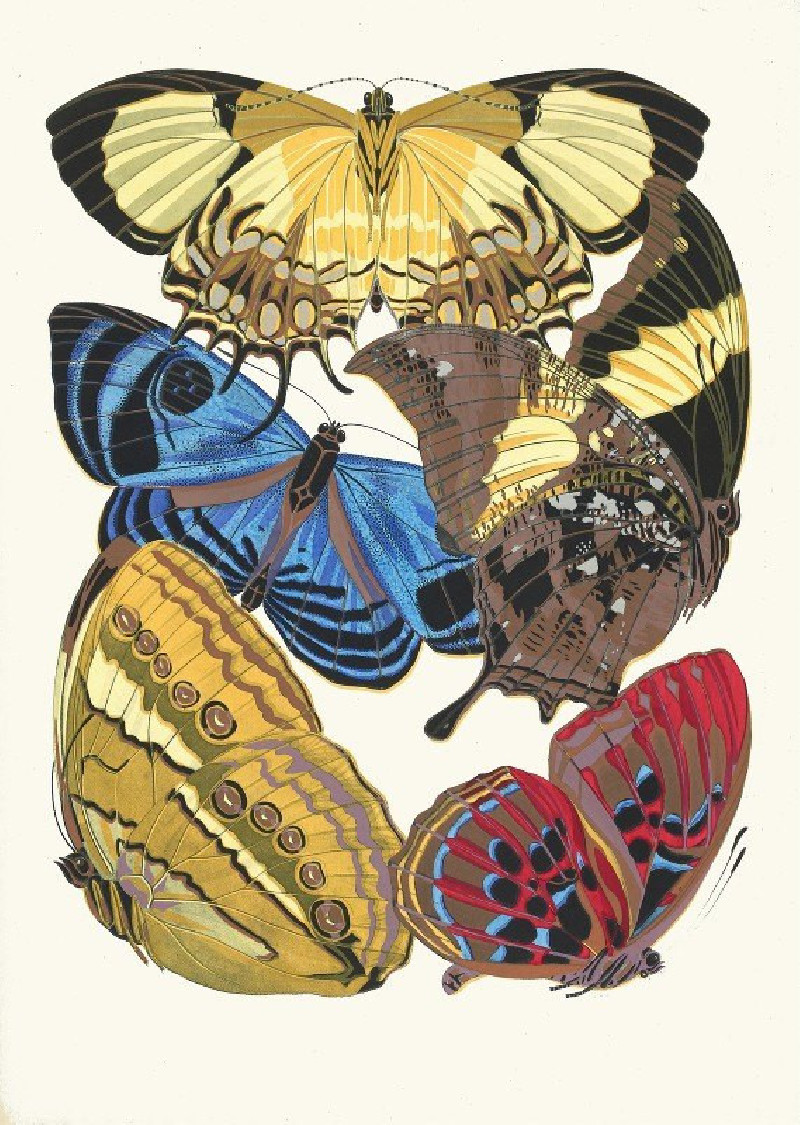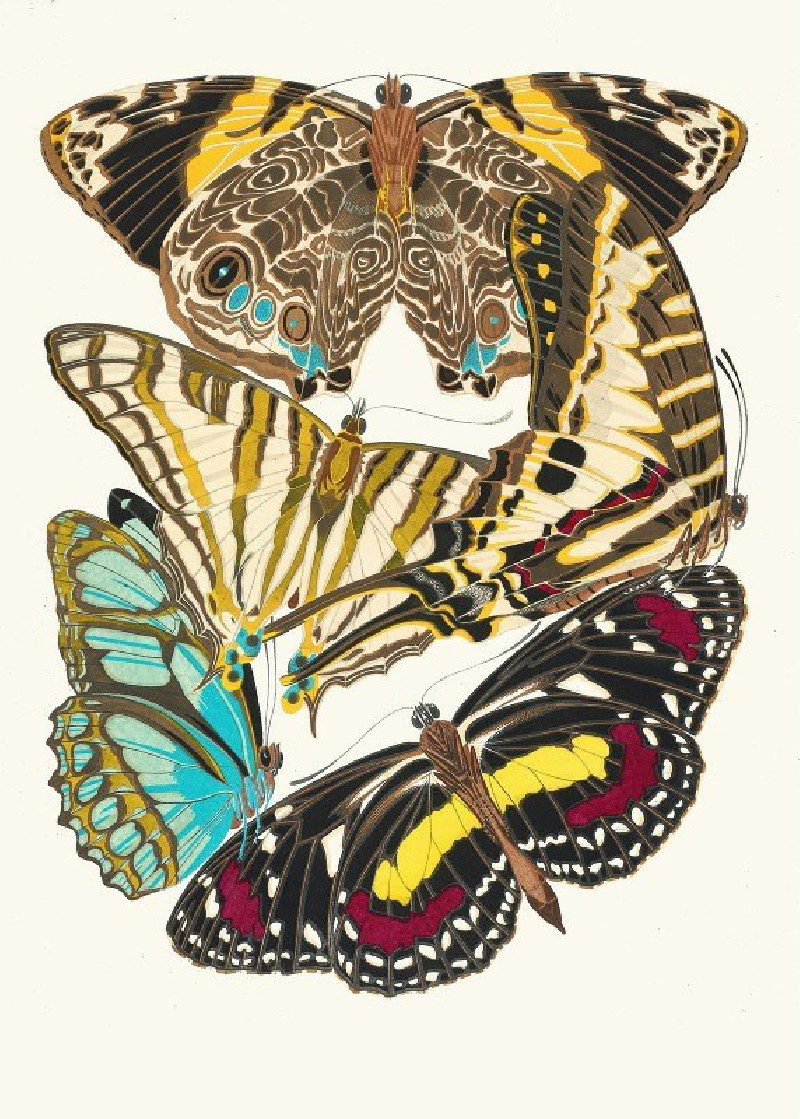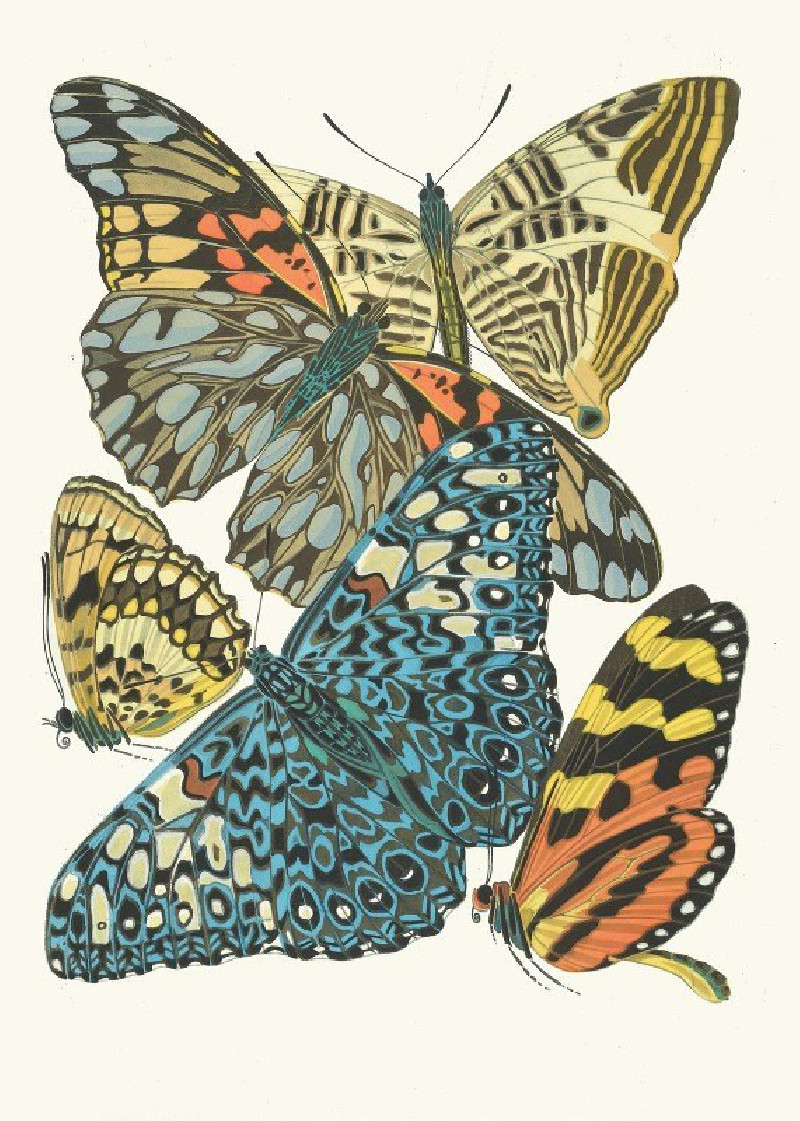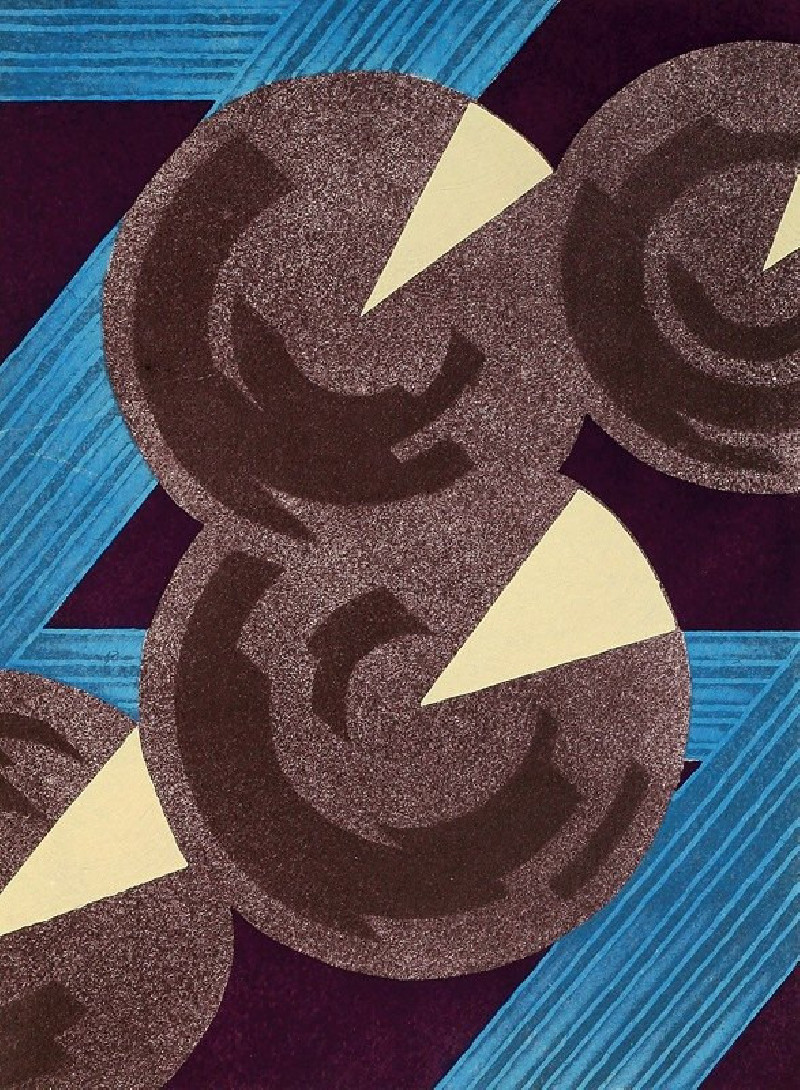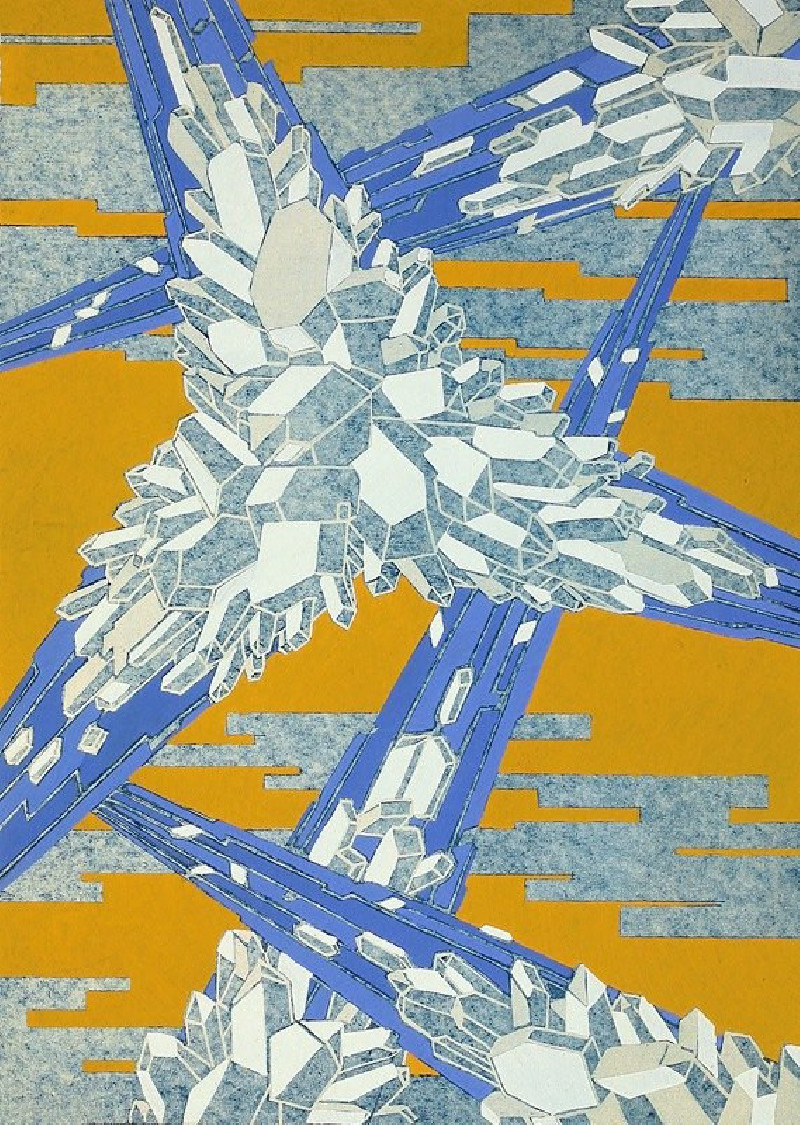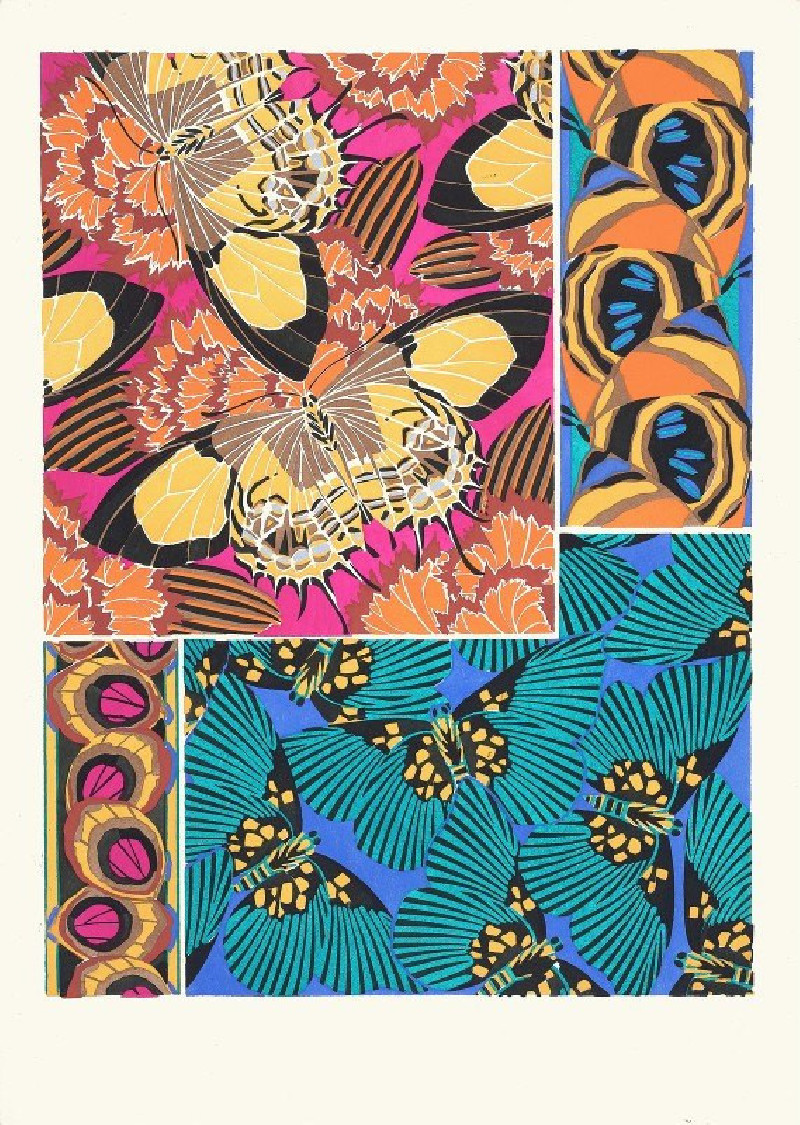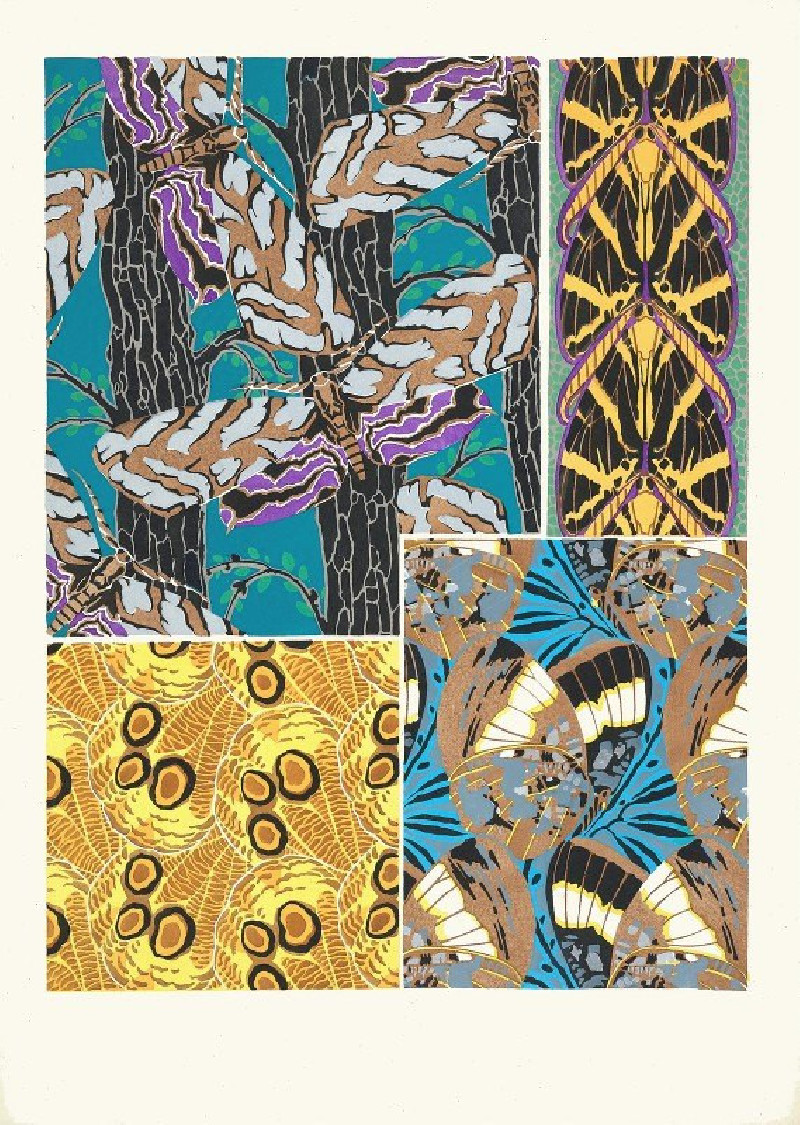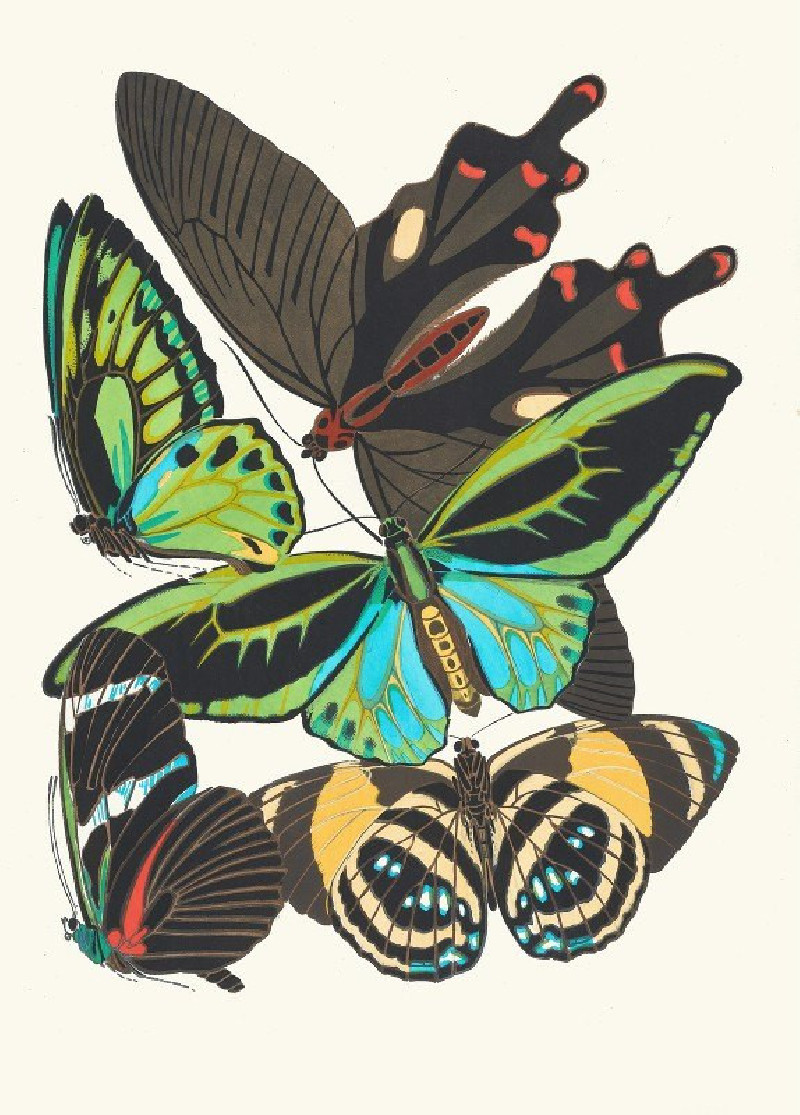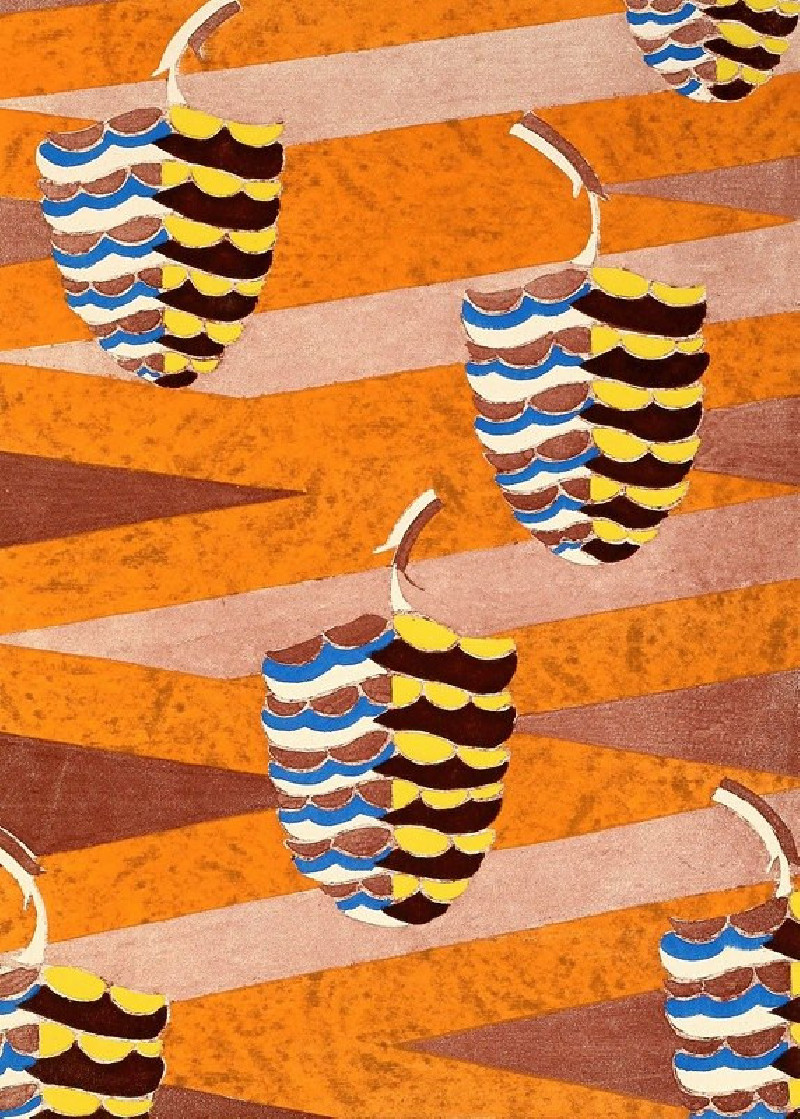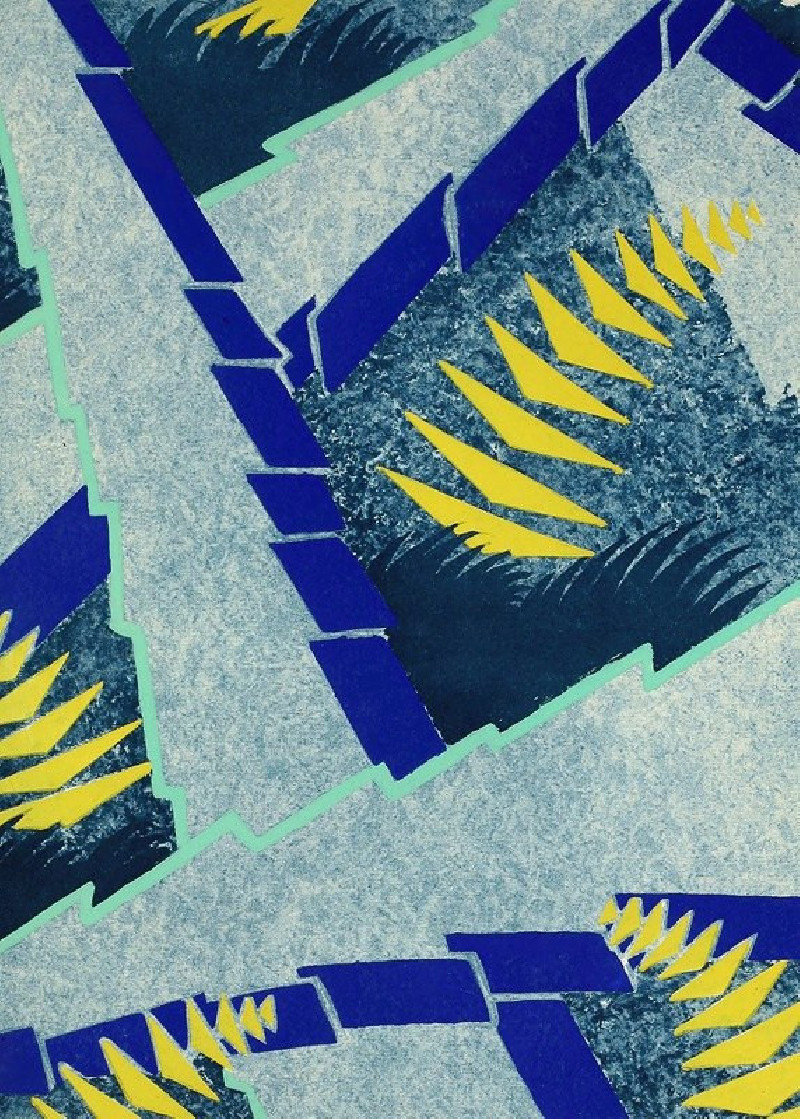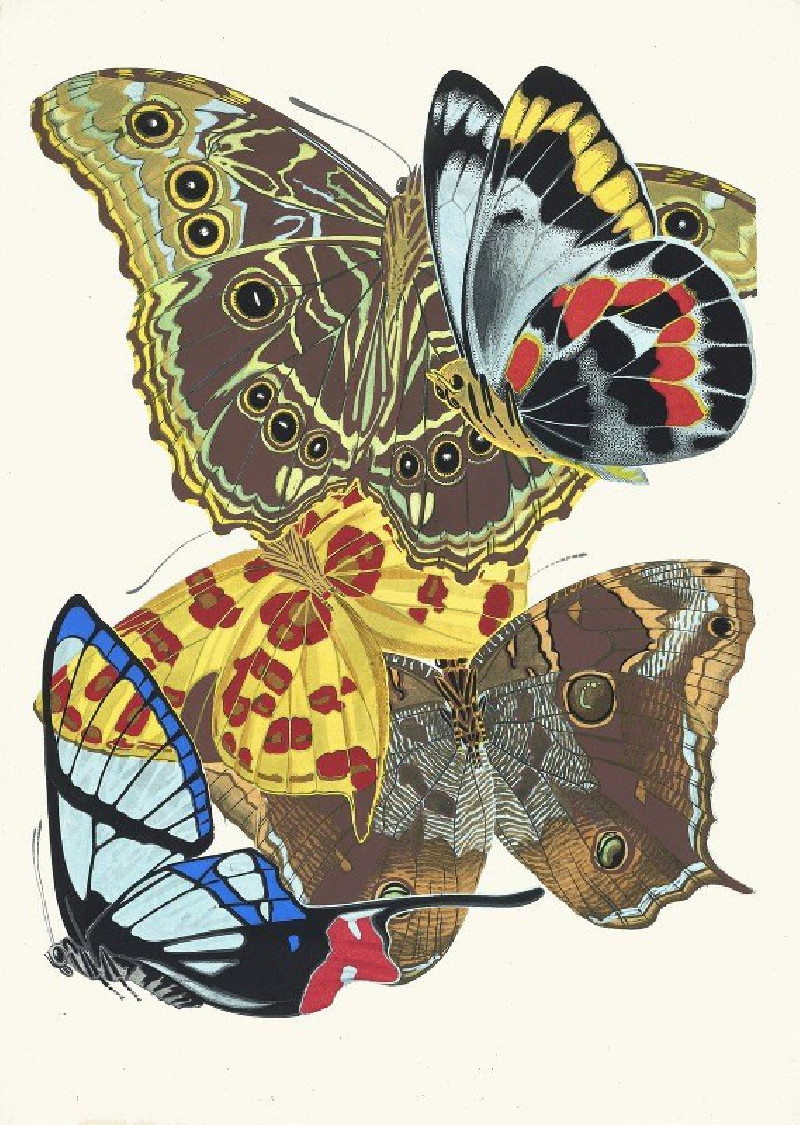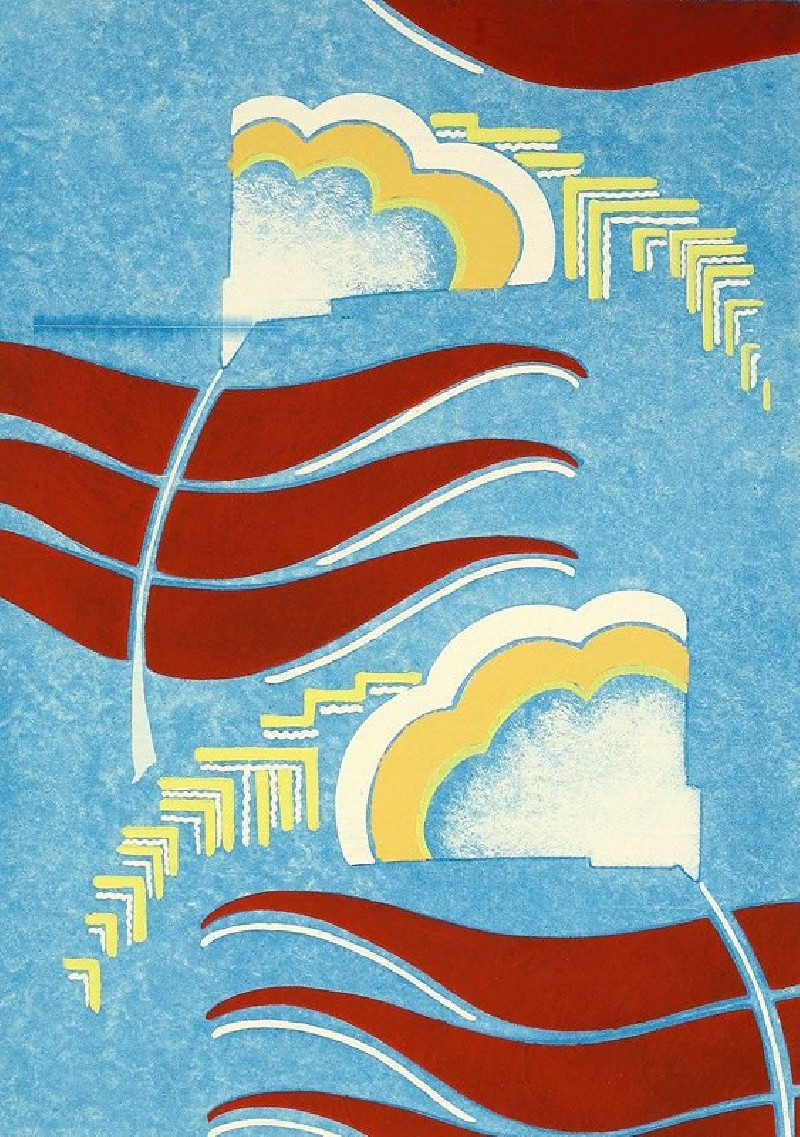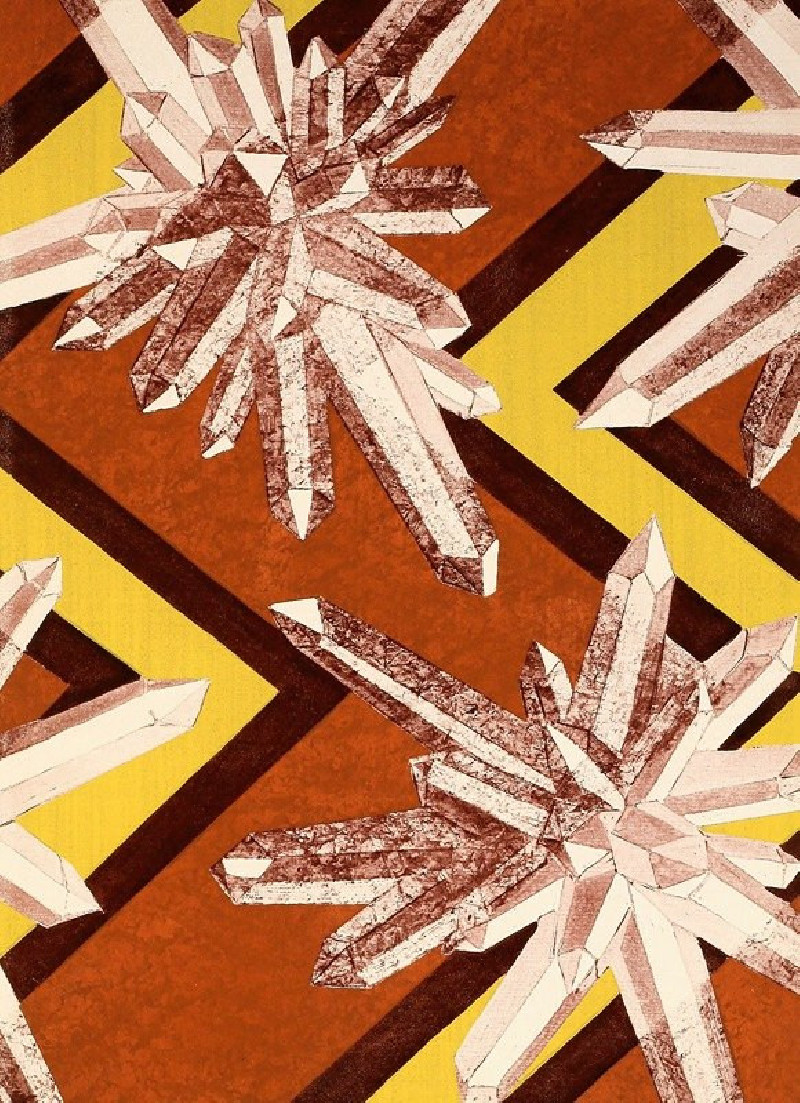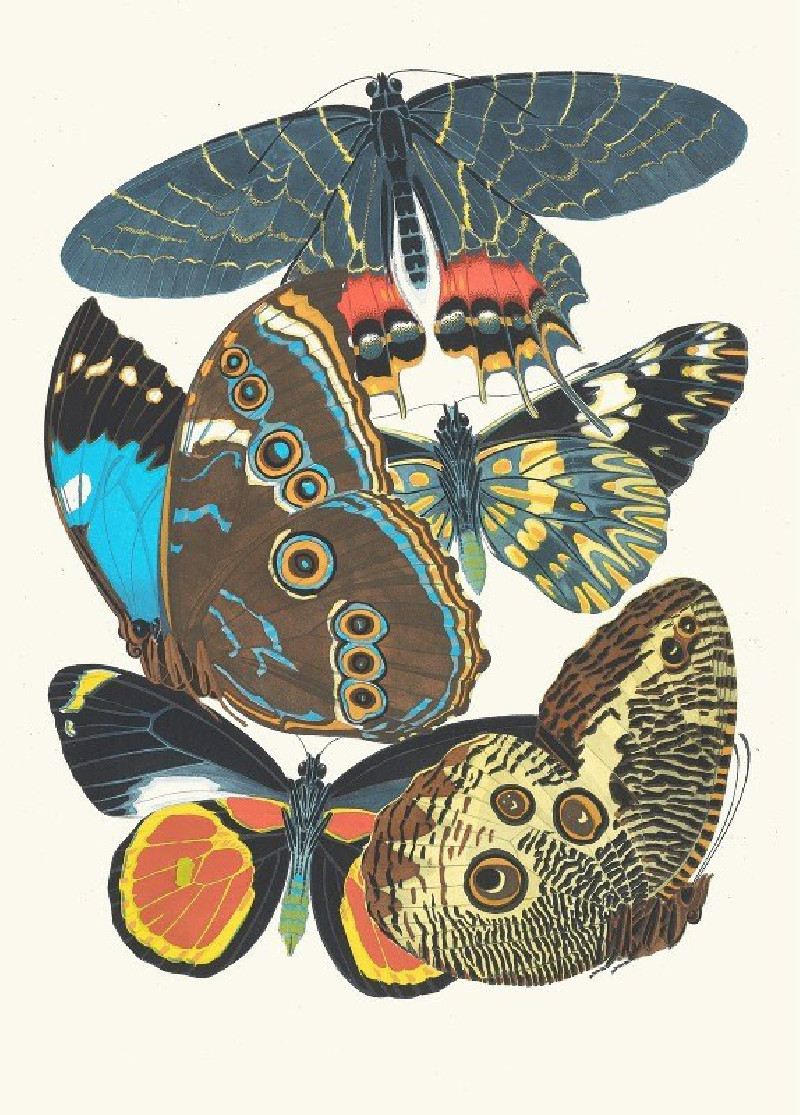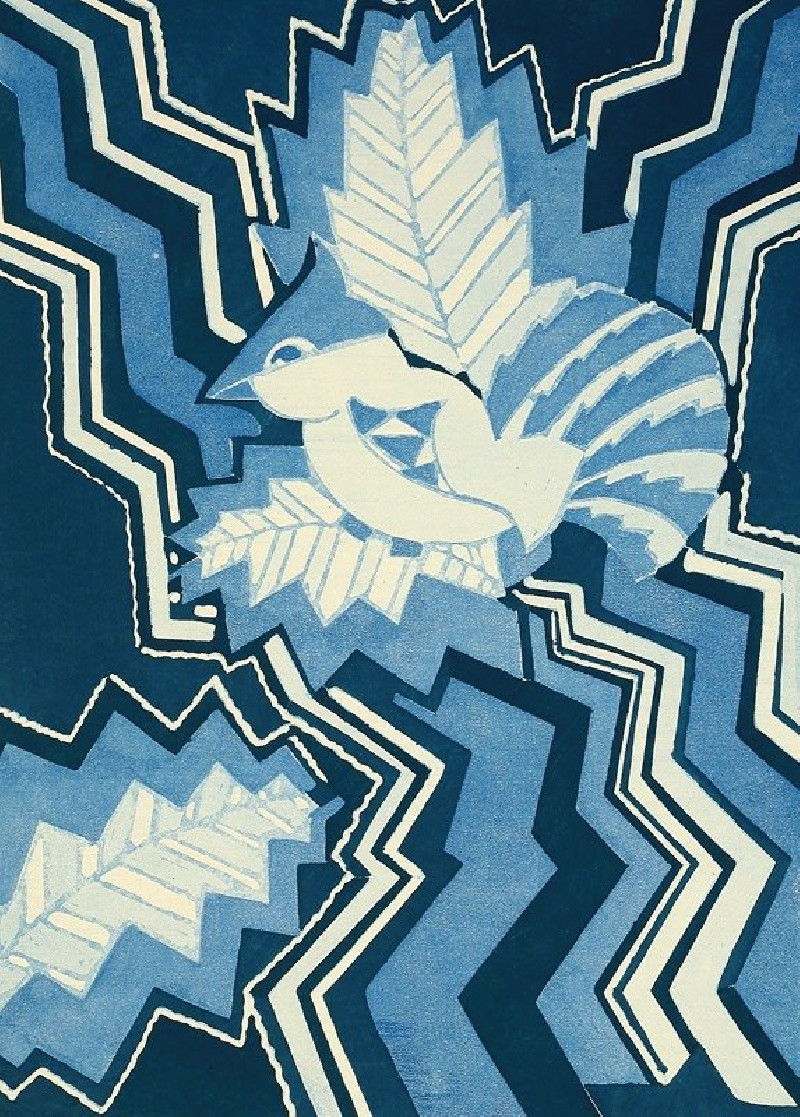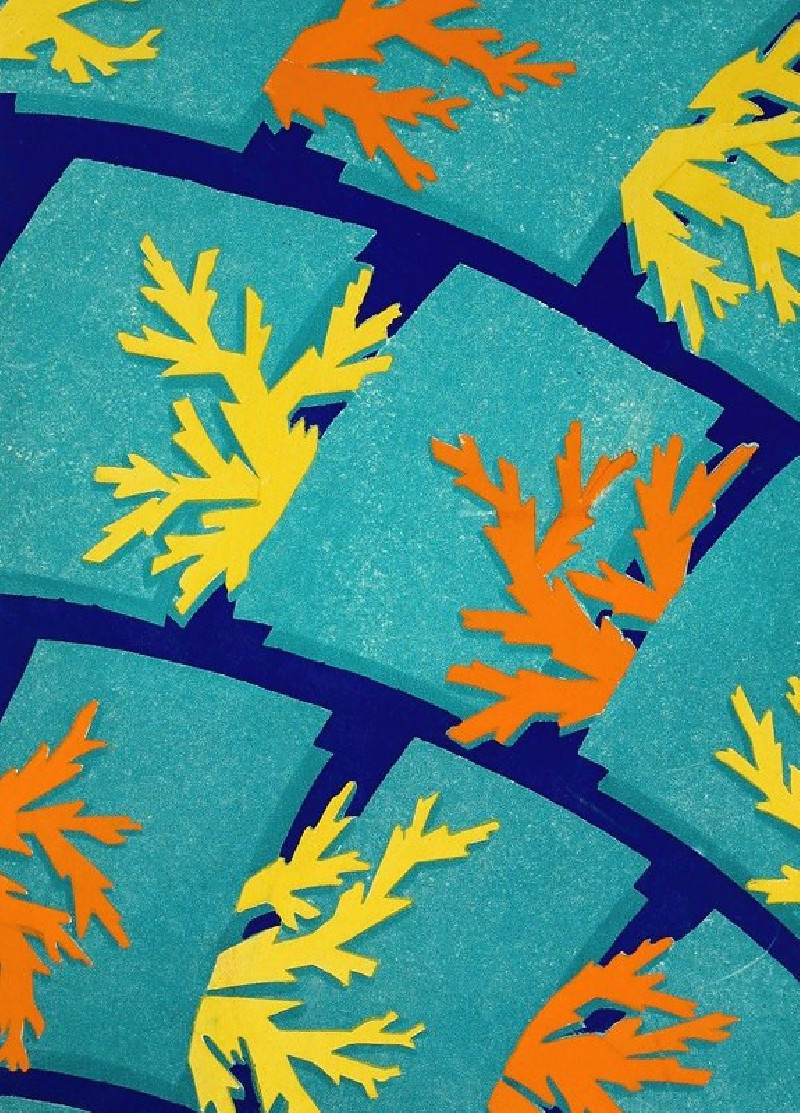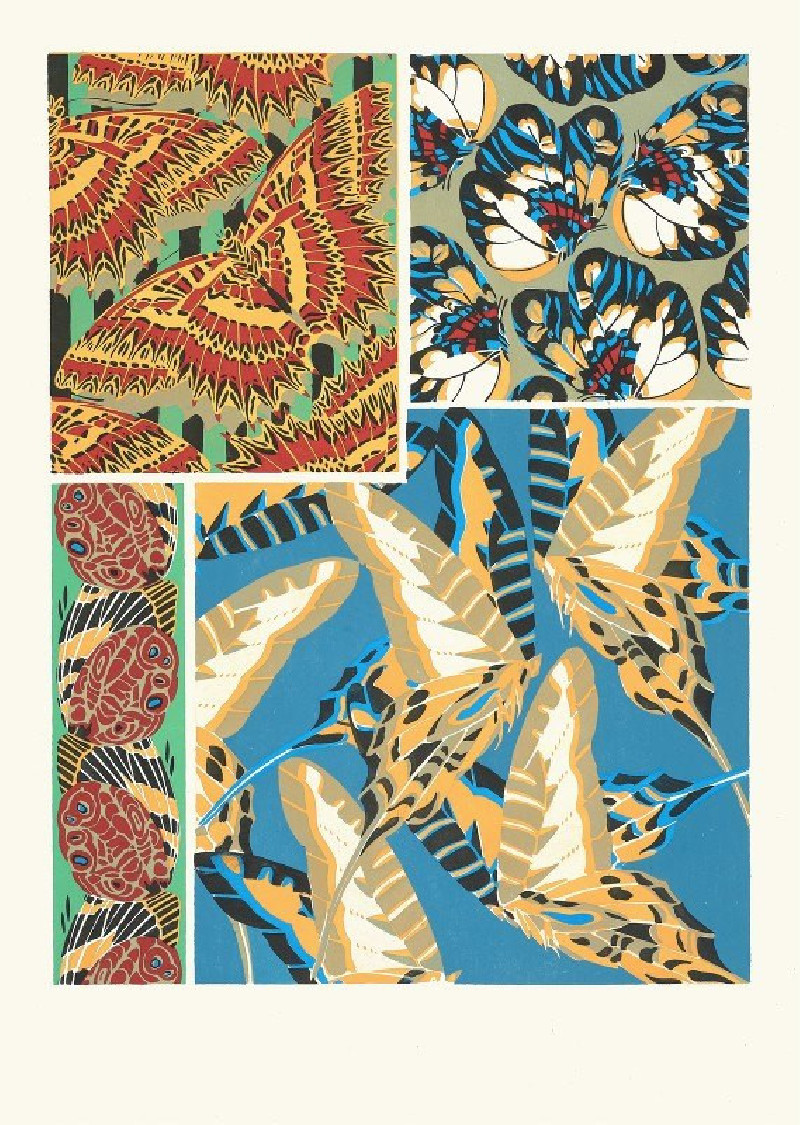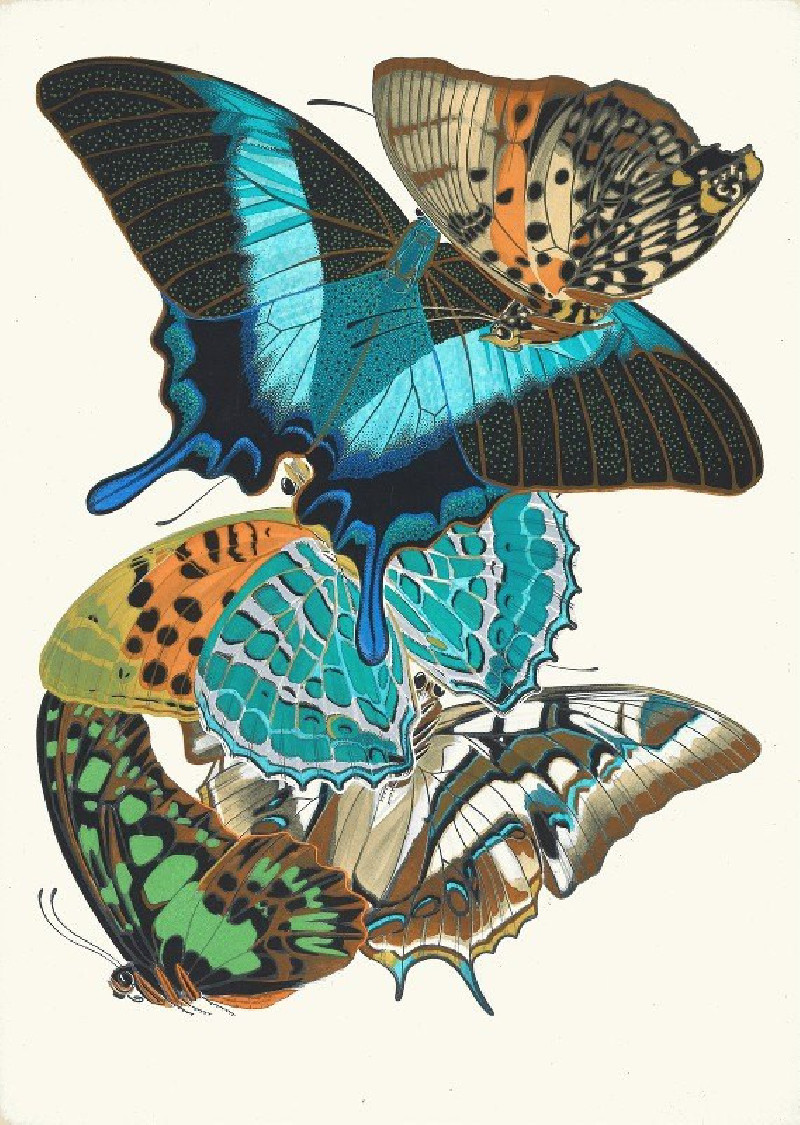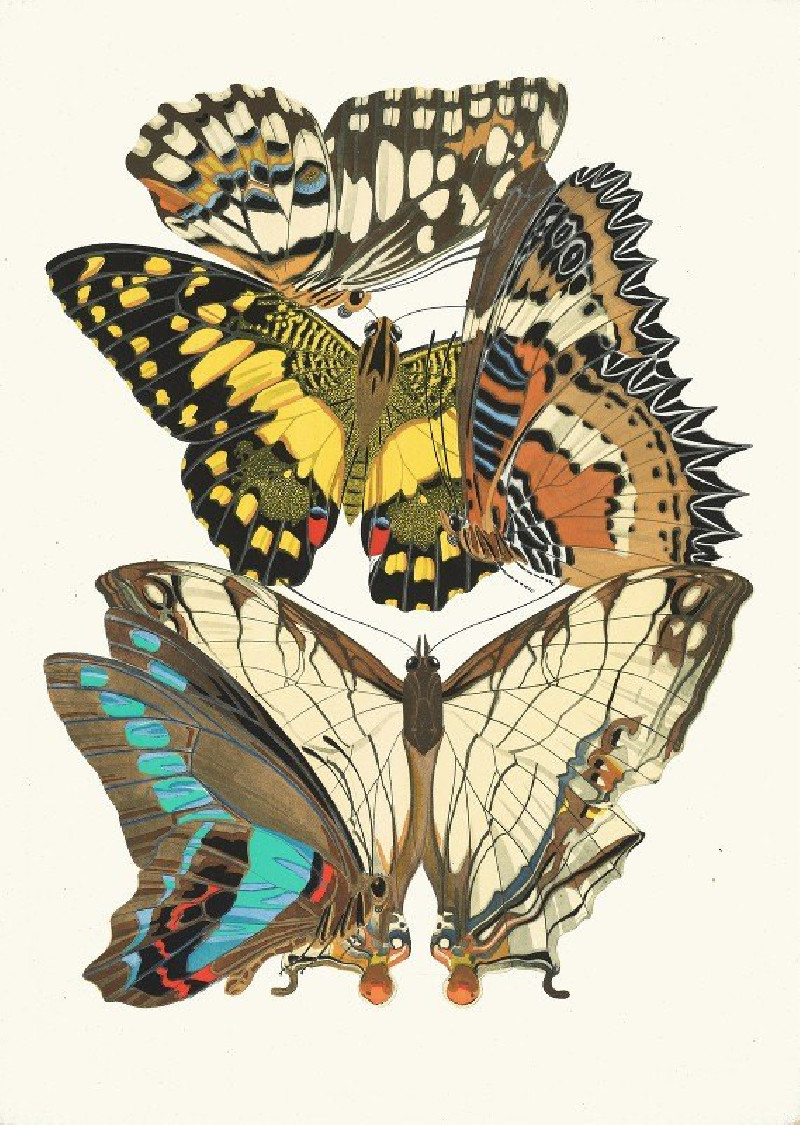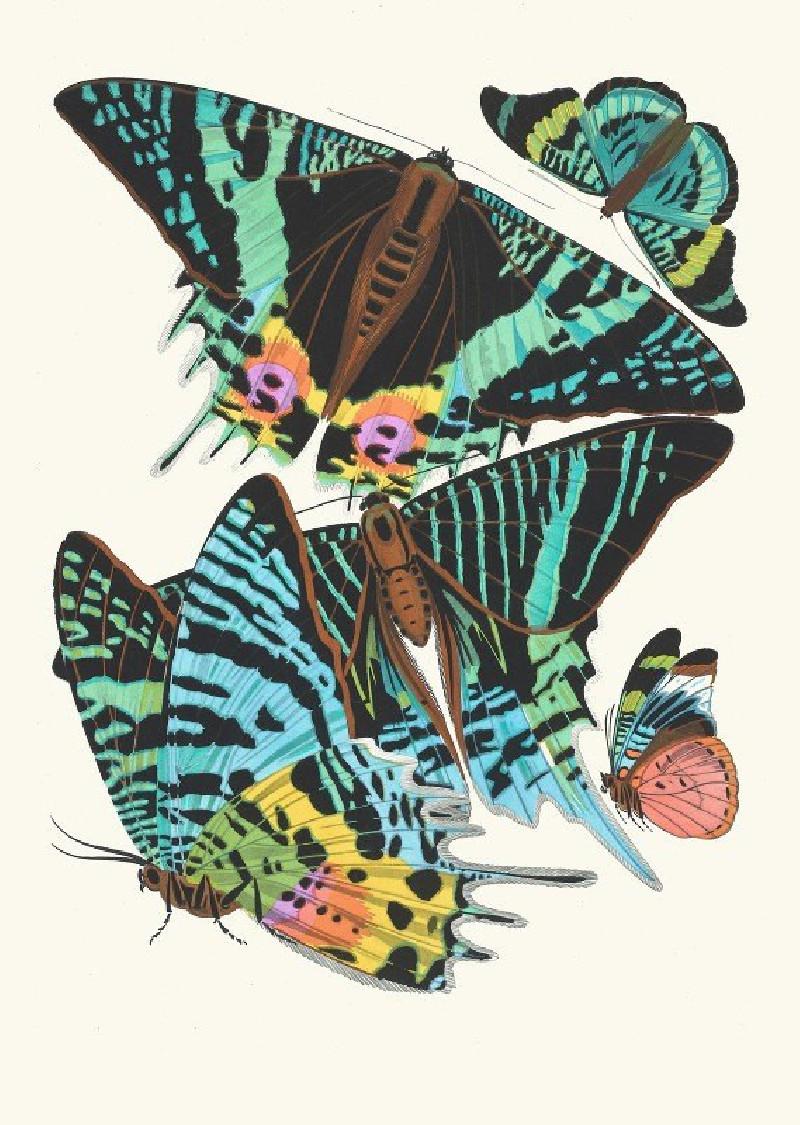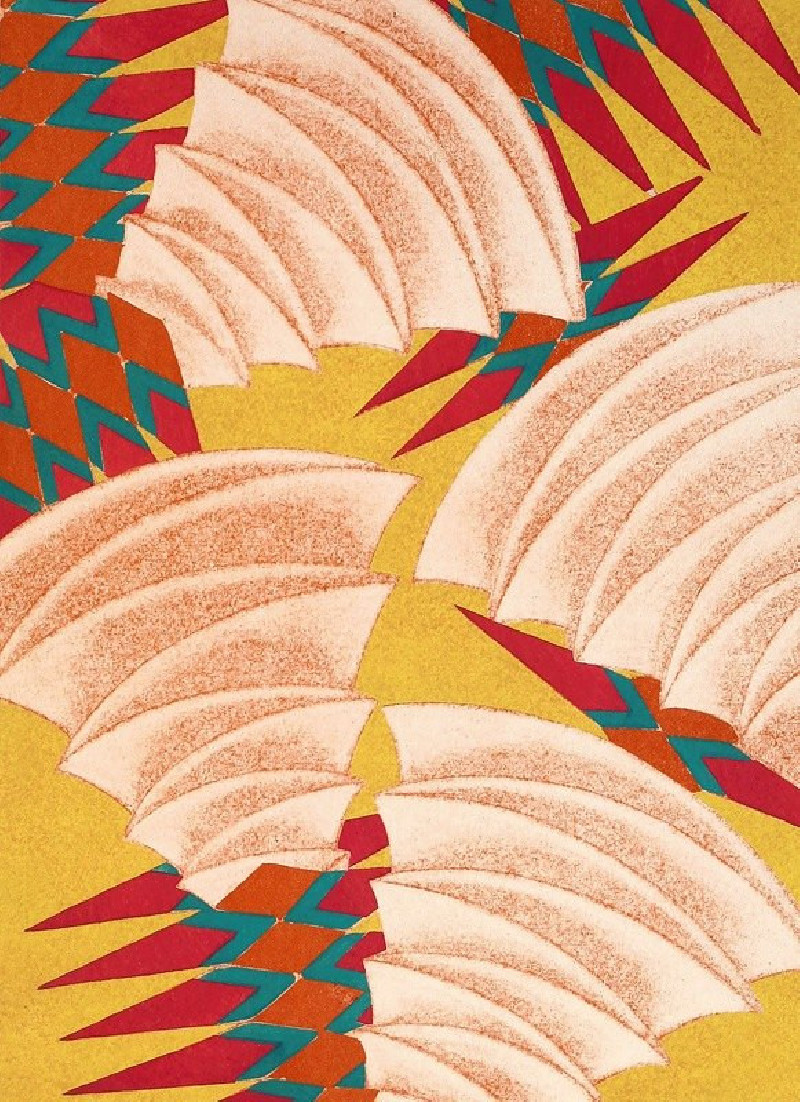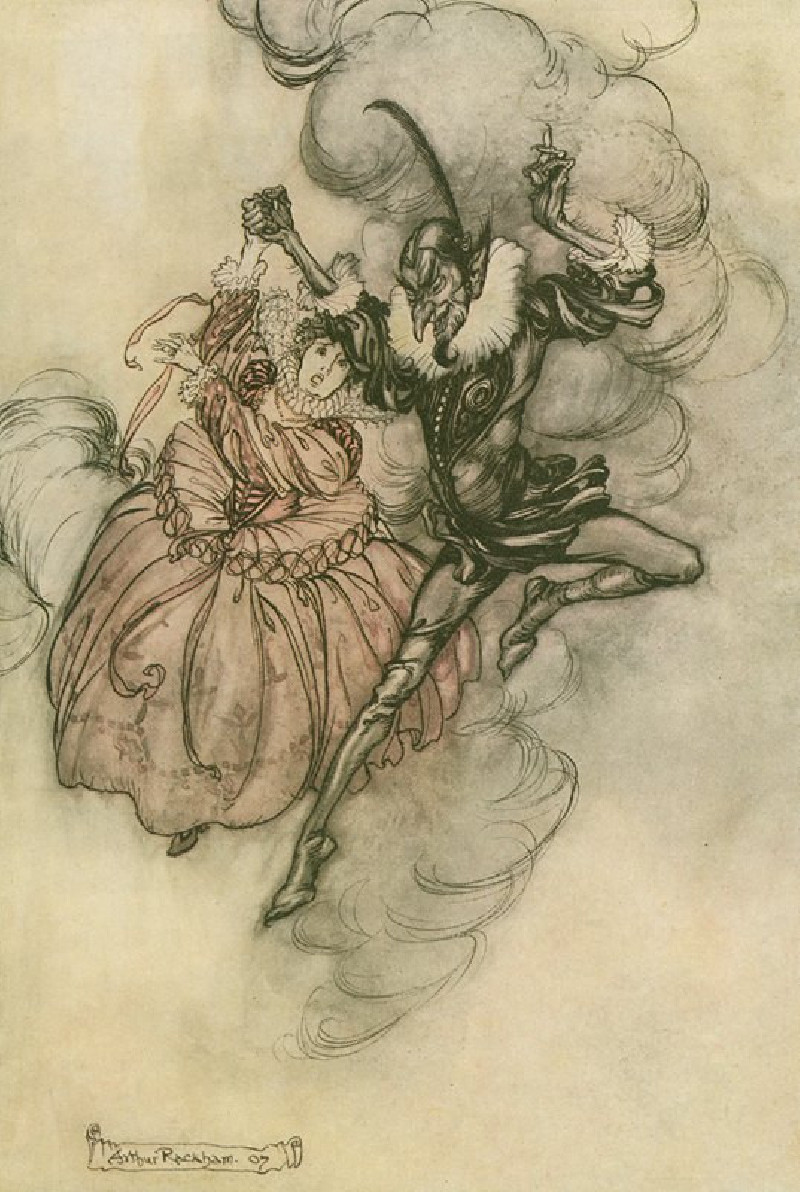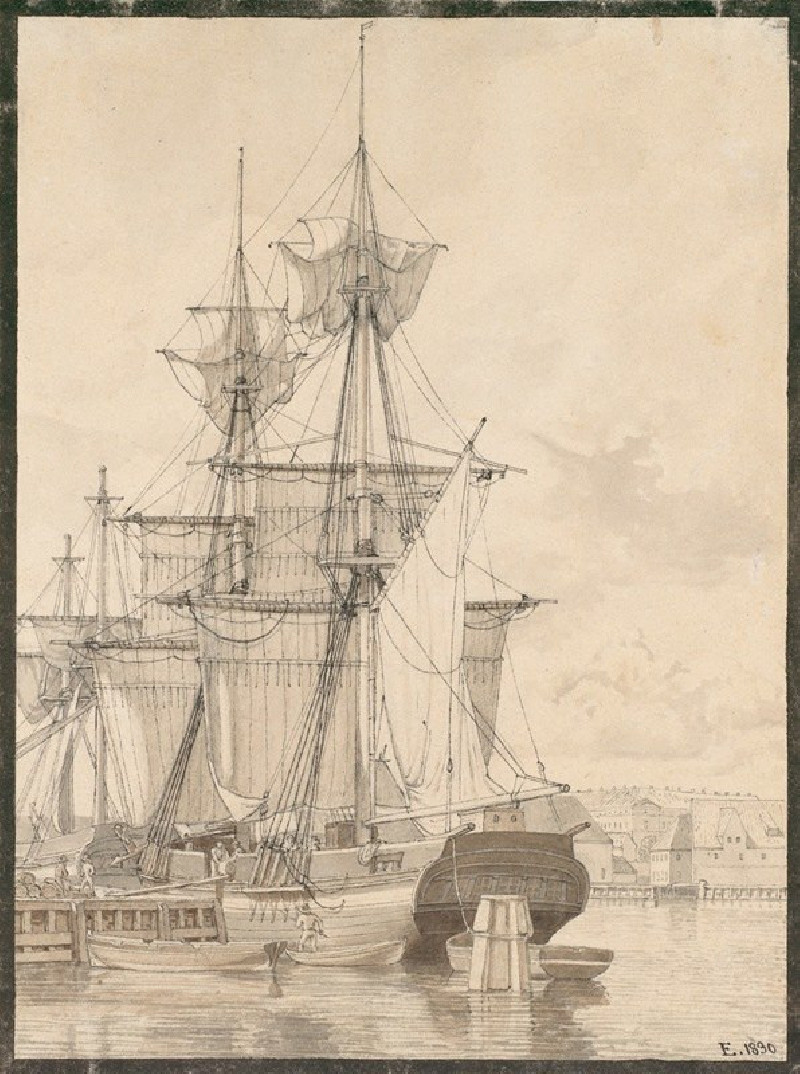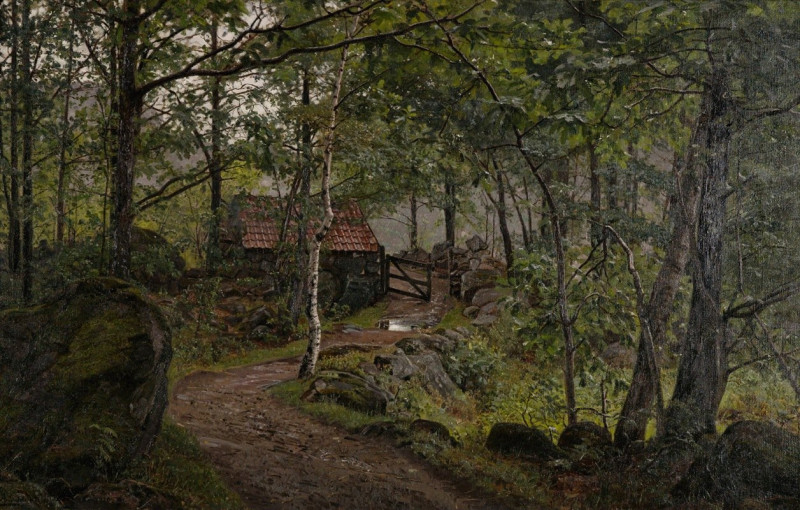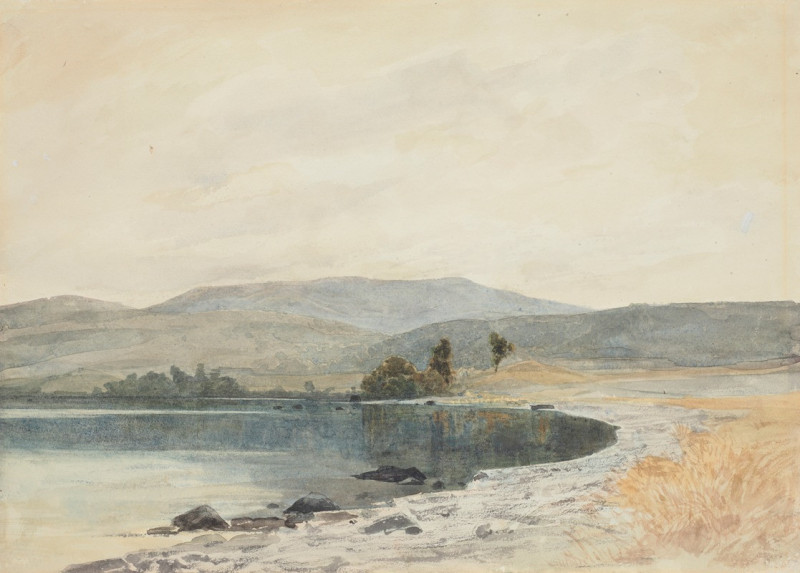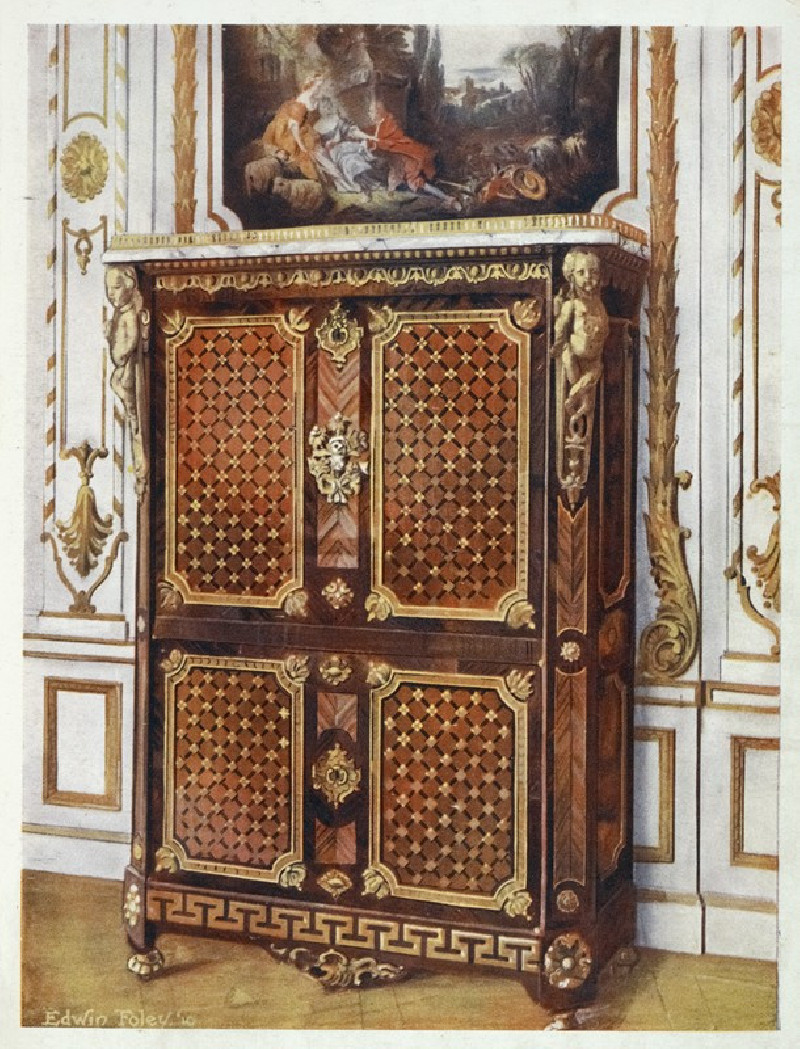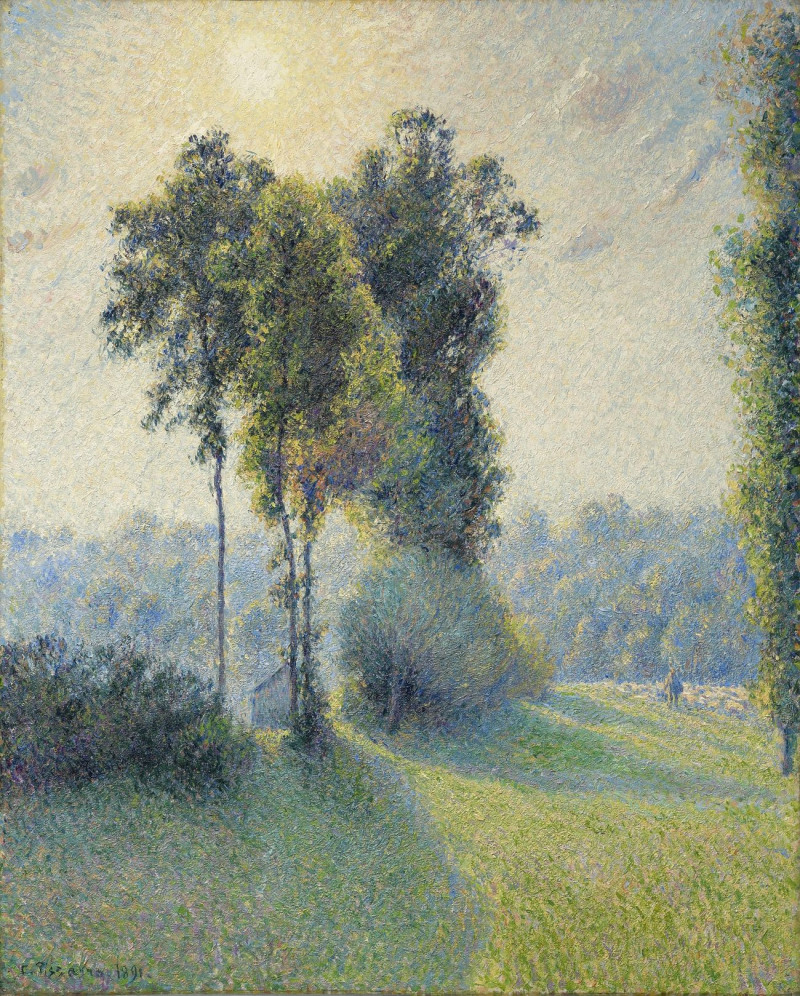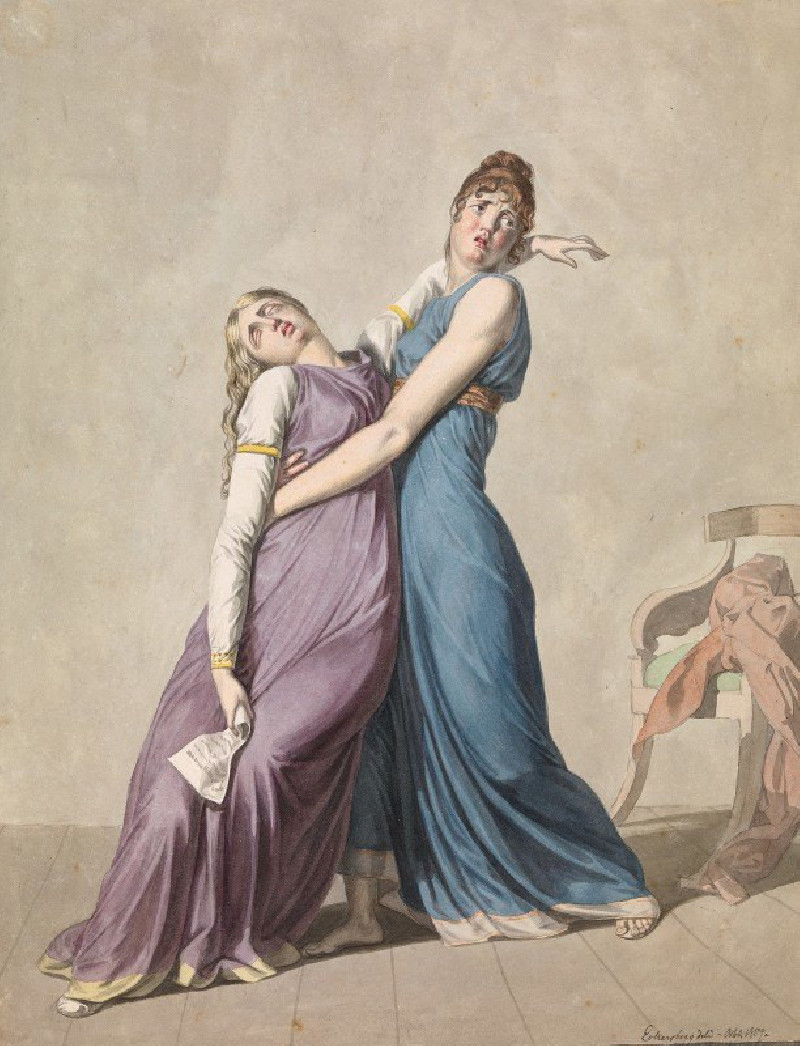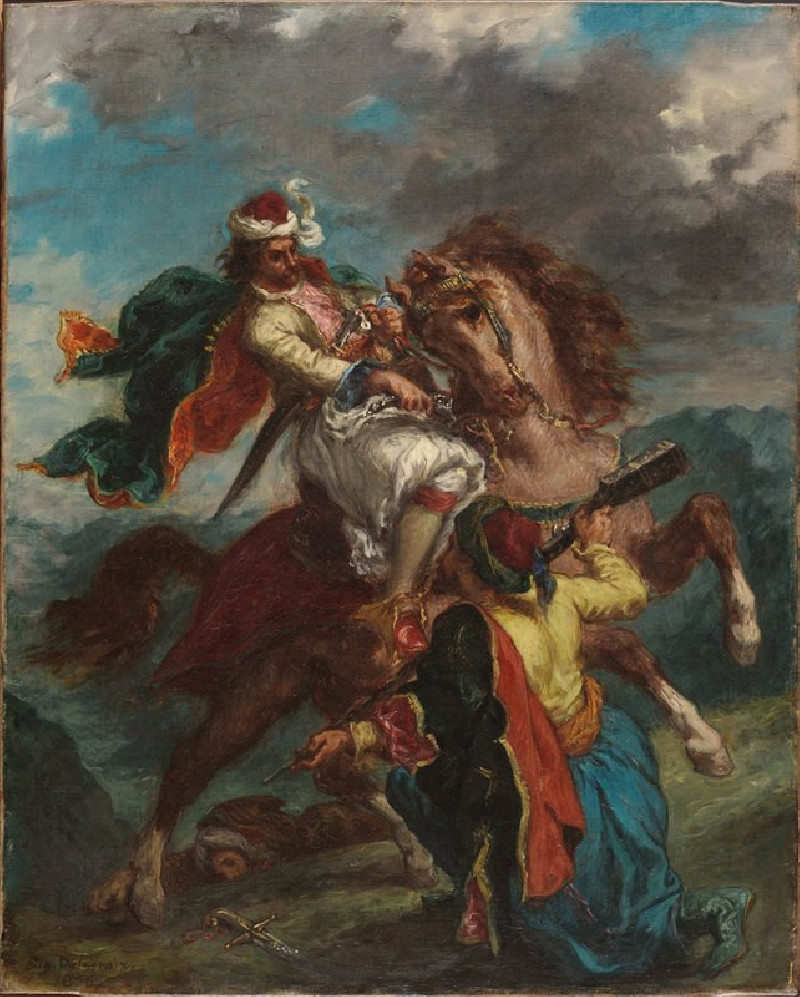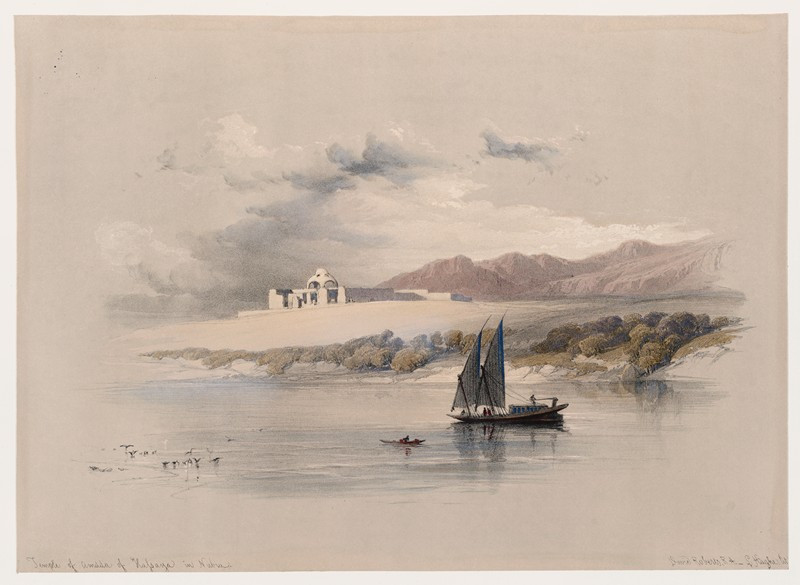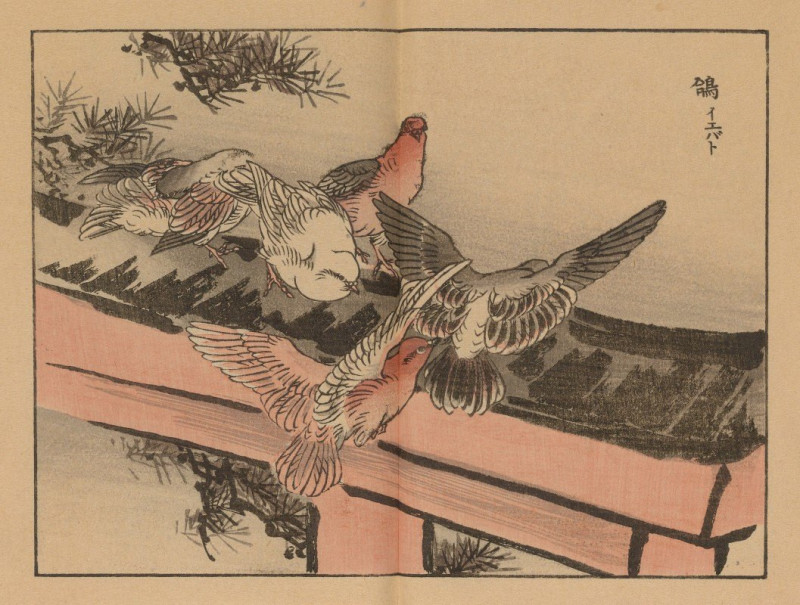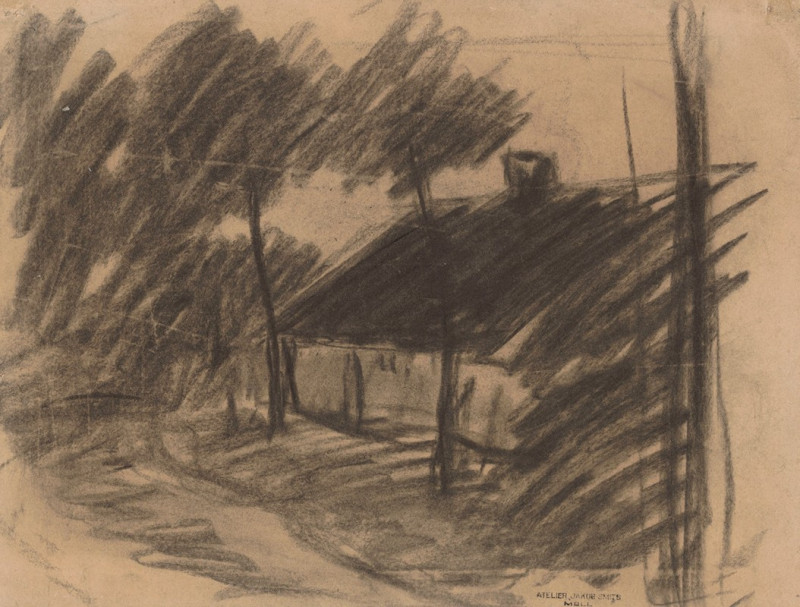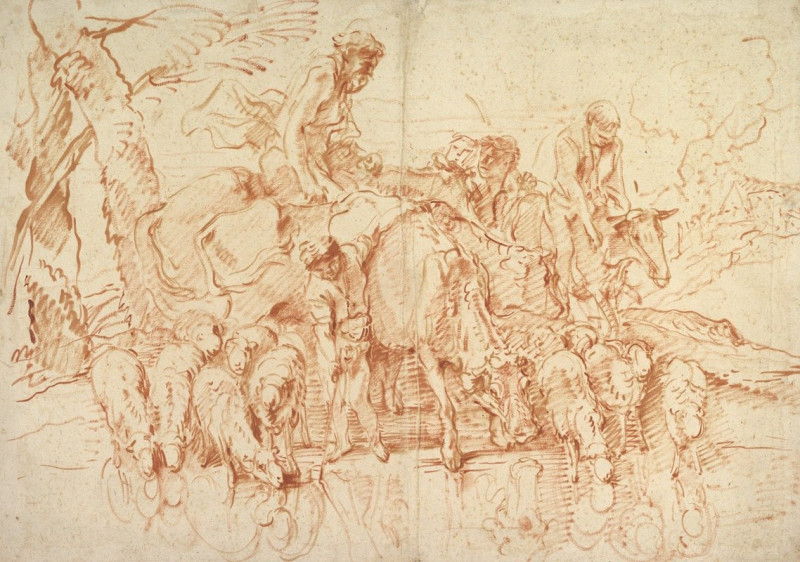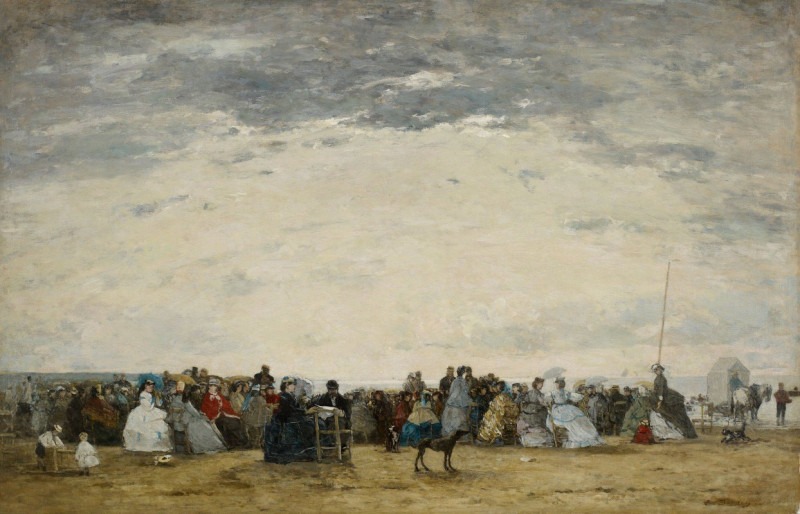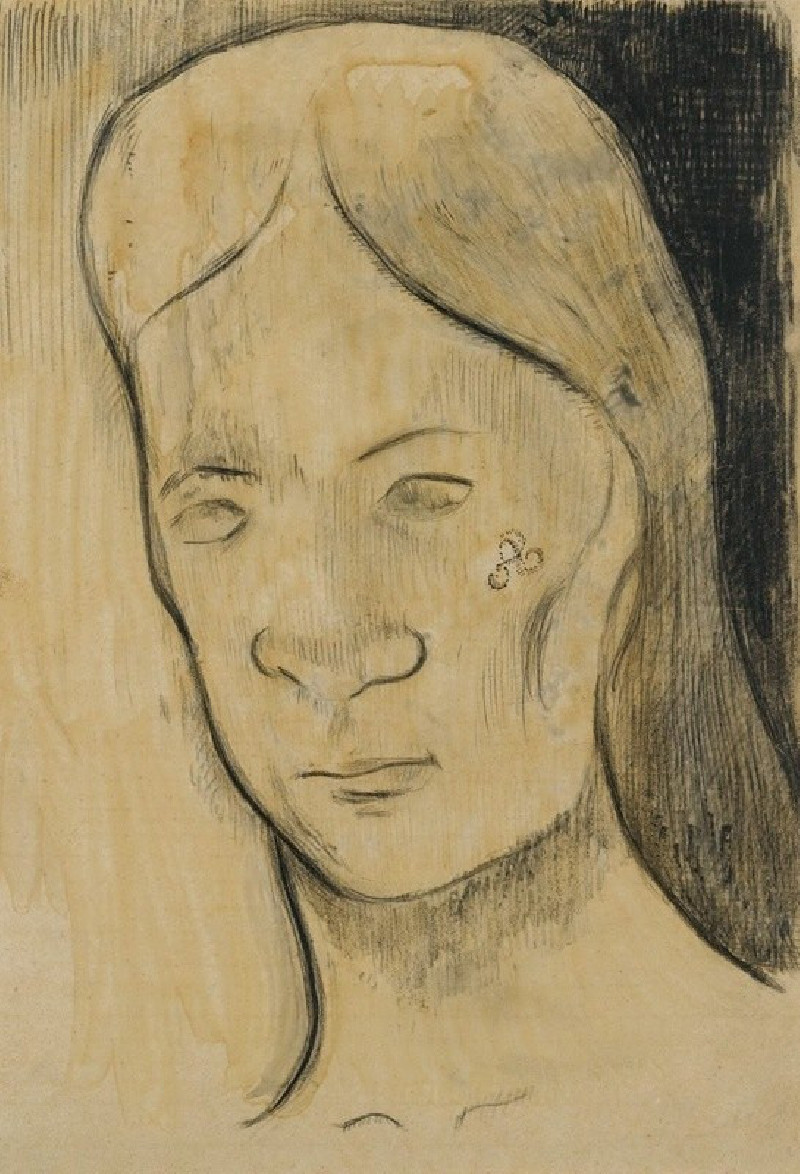Prismes-8 (1931)
Technique: Giclée quality print
Recommended by our customers
More about this artwork
Emile-Allain Séguy's captivating artwork "Prismes-8", created in 1931, is a stunning example of his unique approach to design and color. This painting showcases Séguy's fascination with the natural world, interpreted through a strikingly modern lens. The composition features a dynamic array of overlapping and interlocking shapes that suggest the form of palm fronds or large leaves. These botanical elements are rendered in shades of deep blue and gray, accented with stark white highlights that add a vivid contrast to the composition.The texture and layering techniques evident in "Prismes-8" are particularly noteworthy. Séguy employs a complex pattern of textured surfaces that mimic the intricate details of natural foliage, enhanced through his adept use of color gradients and shading to create depth. The subtle integration of geometric forms, alongside the organic, captures a rhythmic movement, pulling the viewer’s eye across the canvas in a delightful dance of shapes and lines.Séguy, well-known for his contributions to both Art Deco and the Nature Decorative movements, utilizes "Prismes-8" to explore themes of symmetry and harmony in nature. This piece serves as a modernist interpretation of natural motifs, showcasing his ability to blend the boundaries between the natural and the artificial, the organic and the geometric."Prismes-8" is more than just a visual experience; it is a journey into the merging of art, nature, and design. Each viewing reveals new details and subtleties, making it a perpetual source of inspiration and contemplation.
Delivery
Returns
Emile-Allain Séguy was a popular French designer throughout the Art Deco and Art Nouveau movements of the 1920s. Often confused with the French entomologist Eugene Séguy who was active during the same time period, E.A. Séguy designed primarily patterns and textiles and was heavily influenced by the natural world. He was particularly fond of the intricate patterns and beauty of insects (Eugene would have approved), which he saw as “mechanic wonders” that provided abundant inspiration for interior design (Schiff, 157).

